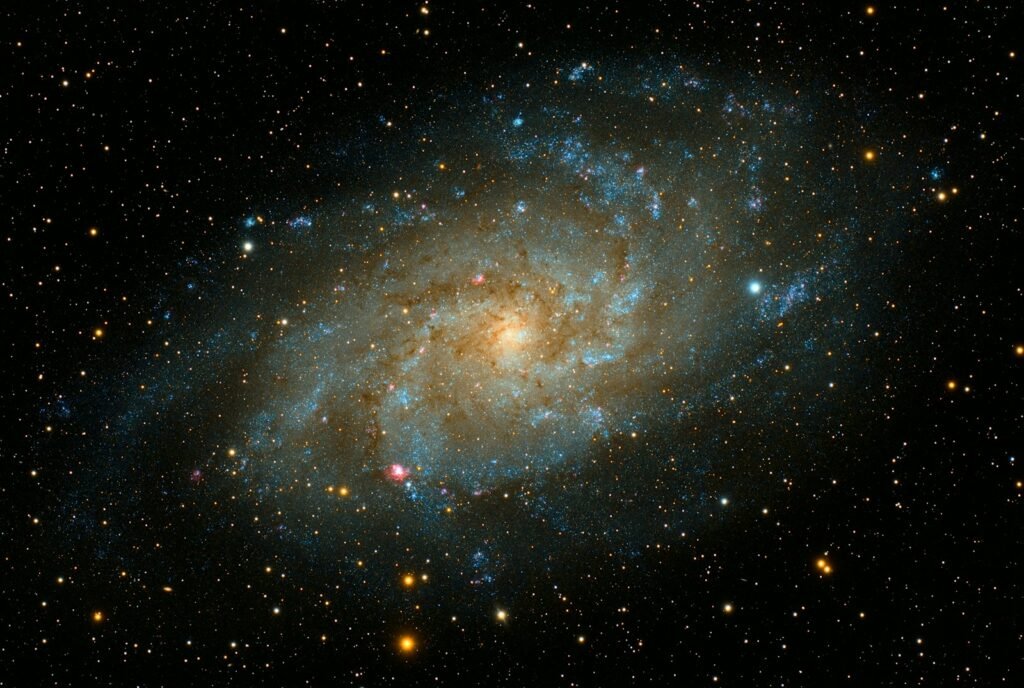Picture this: You step outside your door on a warm summer morning, coffee in hand, and witness nature’s most intricate dance unfolding right in your backyard. A bumblebee heavy with pollen spirals through purple coneflowers while a painted lady butterfly delicately sips nectar from native asters. This isn’t just beautiful scenery—it’s the result of scientific gardening choices that transform your space into a pollinator superhighway.
The Hidden Crisis That Science Reveals

Think your garden is just about pretty flowers? Think again. Three-fourths of the world’s flowering plants and about 35 percent of the world’s food crops depend on animal pollinators to reproduce. That’s one out of every three bites of food you eat. Yet here’s the shocking reality: pollinator populations have been declining for decades, creating an invisible crisis that threatens our entire food system. Scientists estimate that more than 3,500 species of native bees help increase crop yields, but many of these unsung heroes are struggling to survive in our increasingly fragmented landscapes. The good news? You can become part of the solution by applying scientific principles to your garden choices.
Why Native Plants Are Nature’s Evolutionary Masterpiece

Research shows that native plants are 4 times more attractive to pollinators than non-natives. Planting native species will supply pollinators with the nutrition they need to thrive. But why exactly are native plants so superior? The answer lies in millions of years of co-evolution. 90% of native insects (like butterfly caterpillars) can only eat plants they have co-evolved with for thousands of years. This means that when you plant a native wild bergamot, you’re not just adding a pretty flower—you’re providing a specialized fuel station that countless pollinators have adapted to use efficiently. It’s like offering a perfectly calibrated meal that meets their exact nutritional needs.
The Science Behind Pollinator Preferences
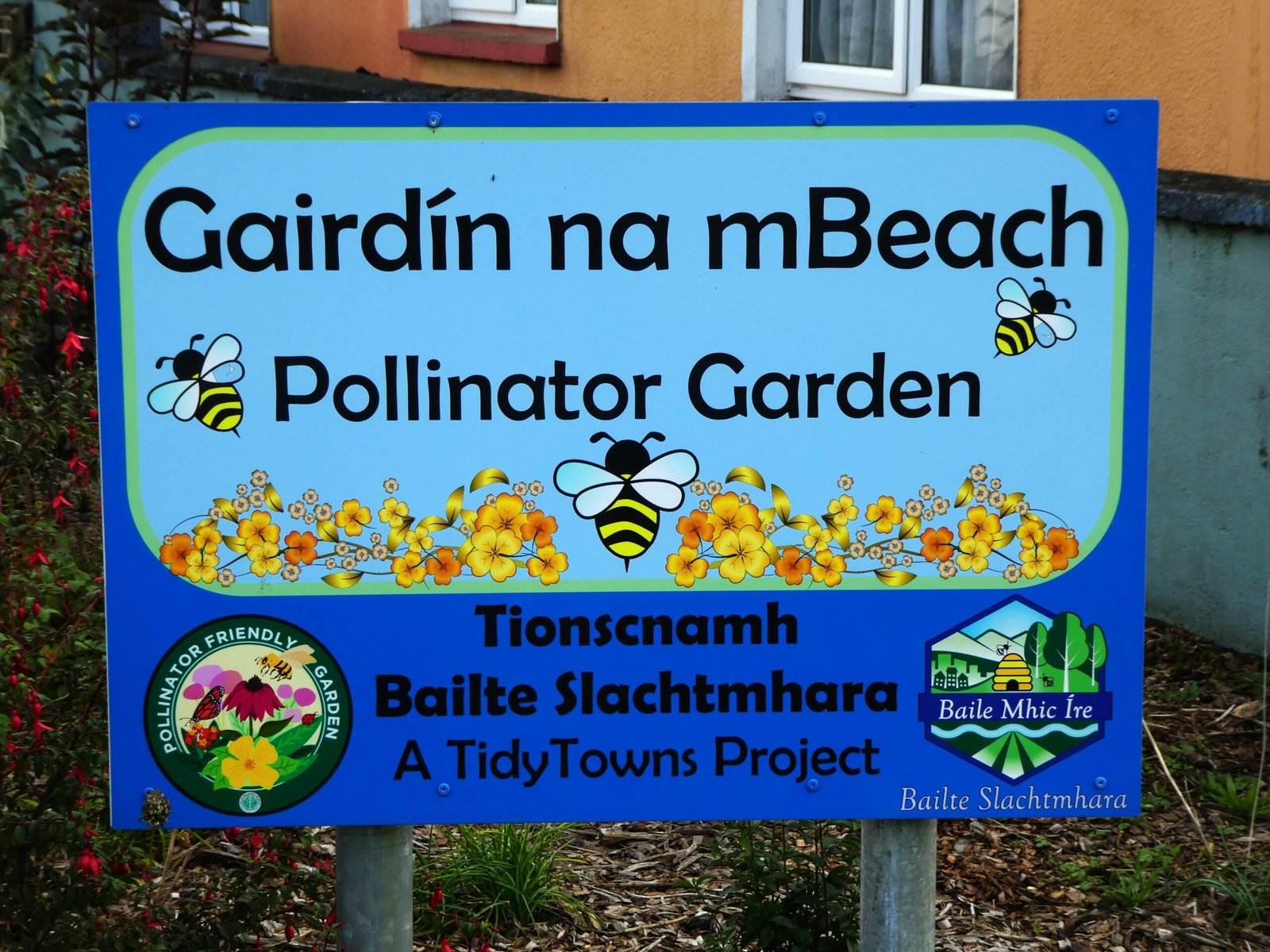
Ever wonder why bees seem magnetically drawn to certain flowers while ignoring others? Many pollinators feed on specific plants because they prefer certain types of flowers. For example, hummingbirds drink nectar from long, tubular flowers such as honeysuckle while bees may prefer more open flowers such as asters. Scientists have discovered that flower shape, color, and even landing platforms play crucial roles in attracting specific pollinators. Different flower sizes, shapes and colors, as well as varying plant heights and growth habits, support a greater number and diversity of pollinators. Understanding these preferences allows you to design a garden that’s essentially a five-star restaurant for your local pollinator community.
Milkweed: The Monarch’s Lifeline
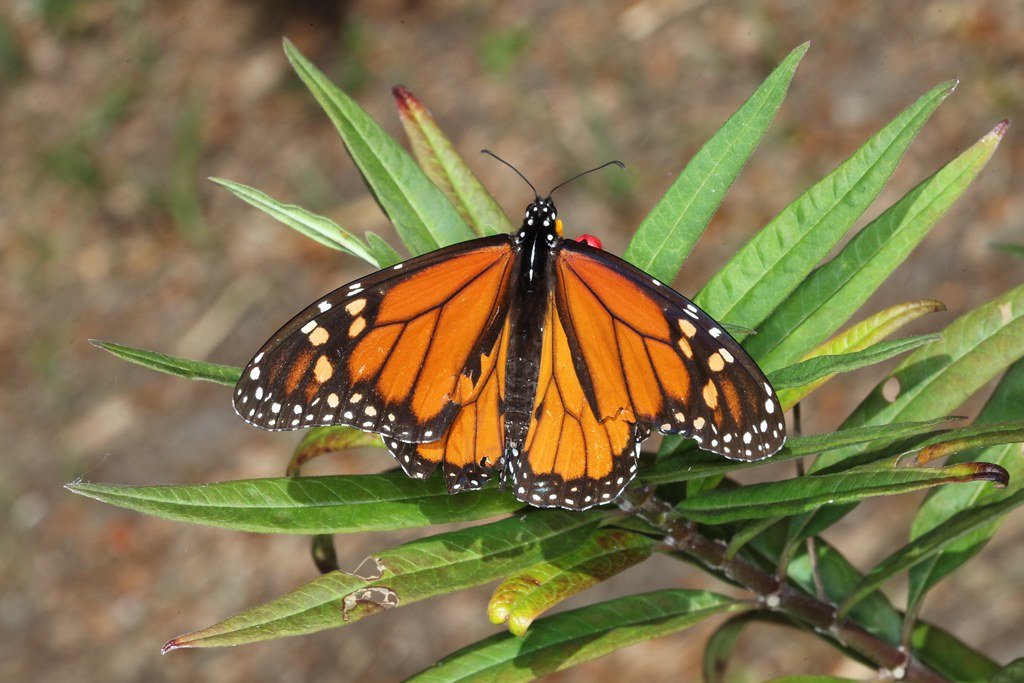
Butterfly weed is a type of milkweed that produces bright orange flowers. Milkweed is an essential plant for the survival of the monarch butterfly. The leaves are the only food source for monarch caterpillars, and the flowers provide nectar for adult butterflies, as well as other pollinators like bees and hummingbirds. This isn’t just any plant—it’s a specialized nursery and diner rolled into one. North America has around 100 species of native milkweed plants, including the ubiquitous common milkweed, the fiery orange butterfly weed, and the water-loving swamp milkweed. When you plant milkweed, you’re essentially creating a monarch butterfly maternity ward in your backyard. Just remember that it is critical to only plant local milkweed seeds in your gardens. Non-native, tropical varieties often foster a problematic parasite.
Purple Coneflowers: The Pollinator Magnet

Coneflowers, also known as Echinacea, offer a striking appearance with their drooping petals and prominent central cone. These hardy perennials are adored by bees and butterflies alike, providing nectar throughout the summer. But here’s what makes them truly special from a scientific standpoint: their cone-shaped centers are actually composed of hundreds of tiny individual flowers, each packed with pollen and nectar. This member of the daisy plant family supports important pollinators like bumblebees, monarch butterflies, and swallowtail butterflies. Think of purple coneflowers as the shopping mall of the pollinator world—multiple dining options all in one convenient location. They’re also incredibly resilient, making them perfect for beginning pollinator gardeners who want guaranteed success.
Bee Balm: Living Up to Its Name
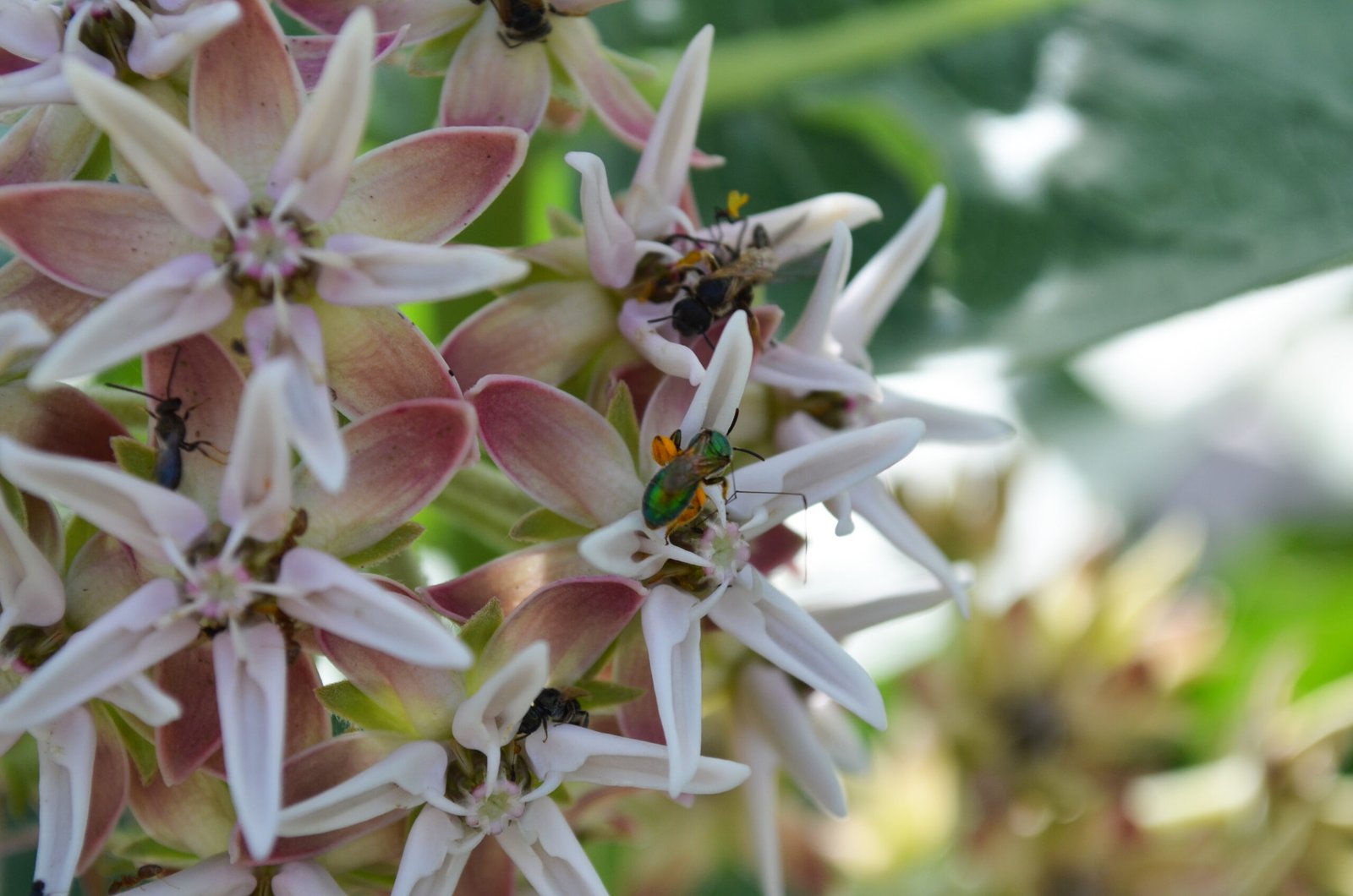
Bee balm’s name is a dead giveaway: bees can’t resist this pollinator plant! There are about 15 types of native bee balm in North America and most varieties grow between 2 and 4 feet tall and produce fluffy flowers in showy shades of red, purple, white, and pink. What’s fascinating is how bee balm’s tubular flowers are perfectly designed for different pollinators. Bee balm, also known as wild bergamot, is a native wildflower that produces clusters of pink or lavender flowers that attract bees, butterflies, and hummingbirds. The flowers have a perfect landing platform for bees, while their tubular shape appeals to hummingbirds with longer beaks. It’s nature’s way of ensuring maximum pollination efficiency through specialized design.
Black-Eyed Susans: The Late Summer Champions
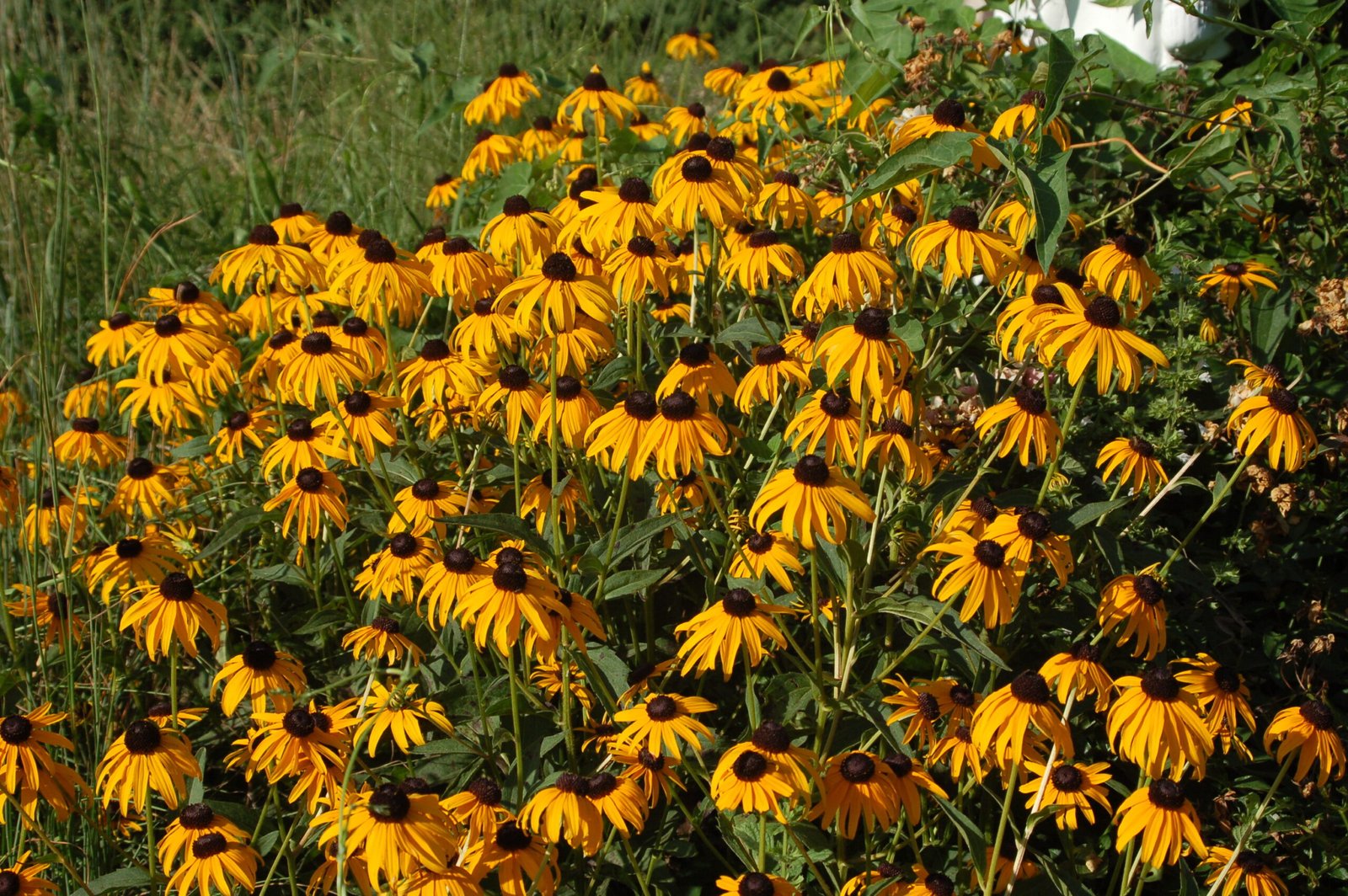
Rudbeckia, AKA black-eyed Susans, are easy-to-grow native wildflowers that will come back year after year and attract many pollinators to your garden. Each dark center, or black eye, is actually hundreds of shallow, nectar-filled cups that predatory insects find particularly irresistible. Here’s where the science gets really interesting: Black-Eyed Susans are easy to grow and incredibly attractive to pollinators. Their bright yellow petals and dark brown centers create a striking display in any garden. These flowers are particularly favored by native bees and butterflies and can bloom from late summer into the fall. They’re essentially providing a crucial fuel stop when many other flowers have finished blooming, helping pollinators prepare for winter survival.
Blazing Star: The Vertical Pollinator Highway
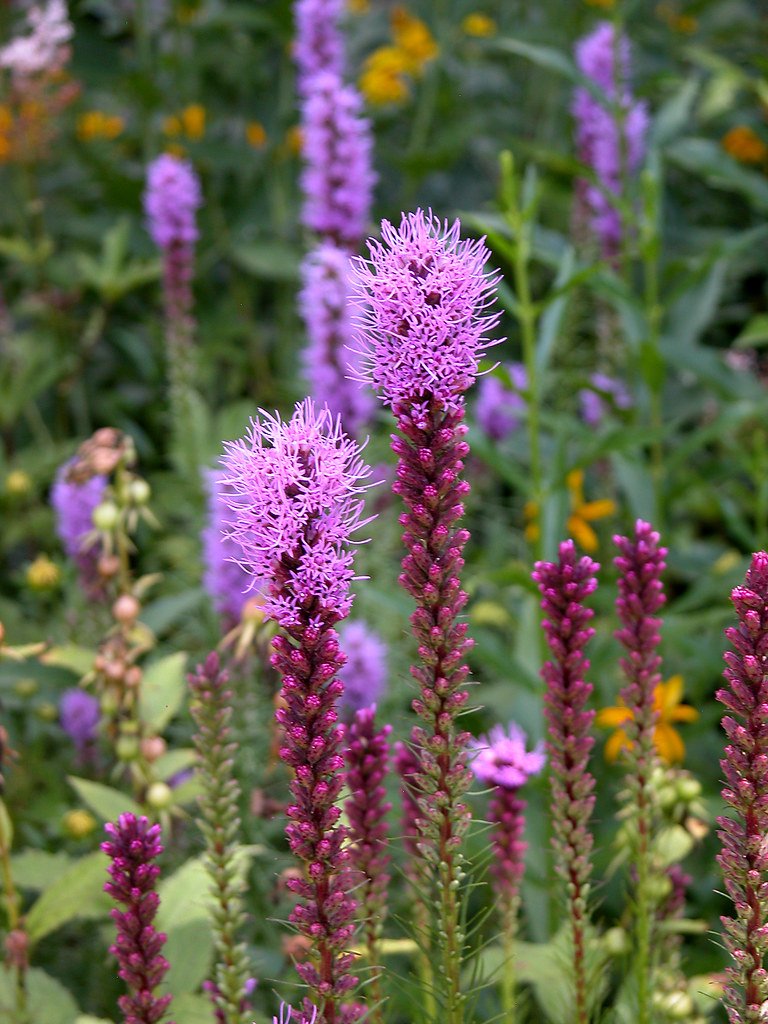
Blazing star or liatris are another diverse plant genus with about 32 native species in North America alone. Most blazing stars produce frilly, pinkish-purple flowers and slender, grass-like leaves that add interesting texture to flower beds. While blazing stars are one of the best flowers for honey bees, they also attract native solitary bees, butterflies, and hummingbirds! What makes blazing star unique is its flowering pattern: Blazing Star features tall spikes of fluffy purple flowers that bloom from top to bottom. This creates an extended buffet period, with flowers opening over several weeks rather than all at once. It’s like having a restaurant that serves fresh meals throughout the entire season rather than just one big feast.
Goldenrod: The Autumn Lifesaver
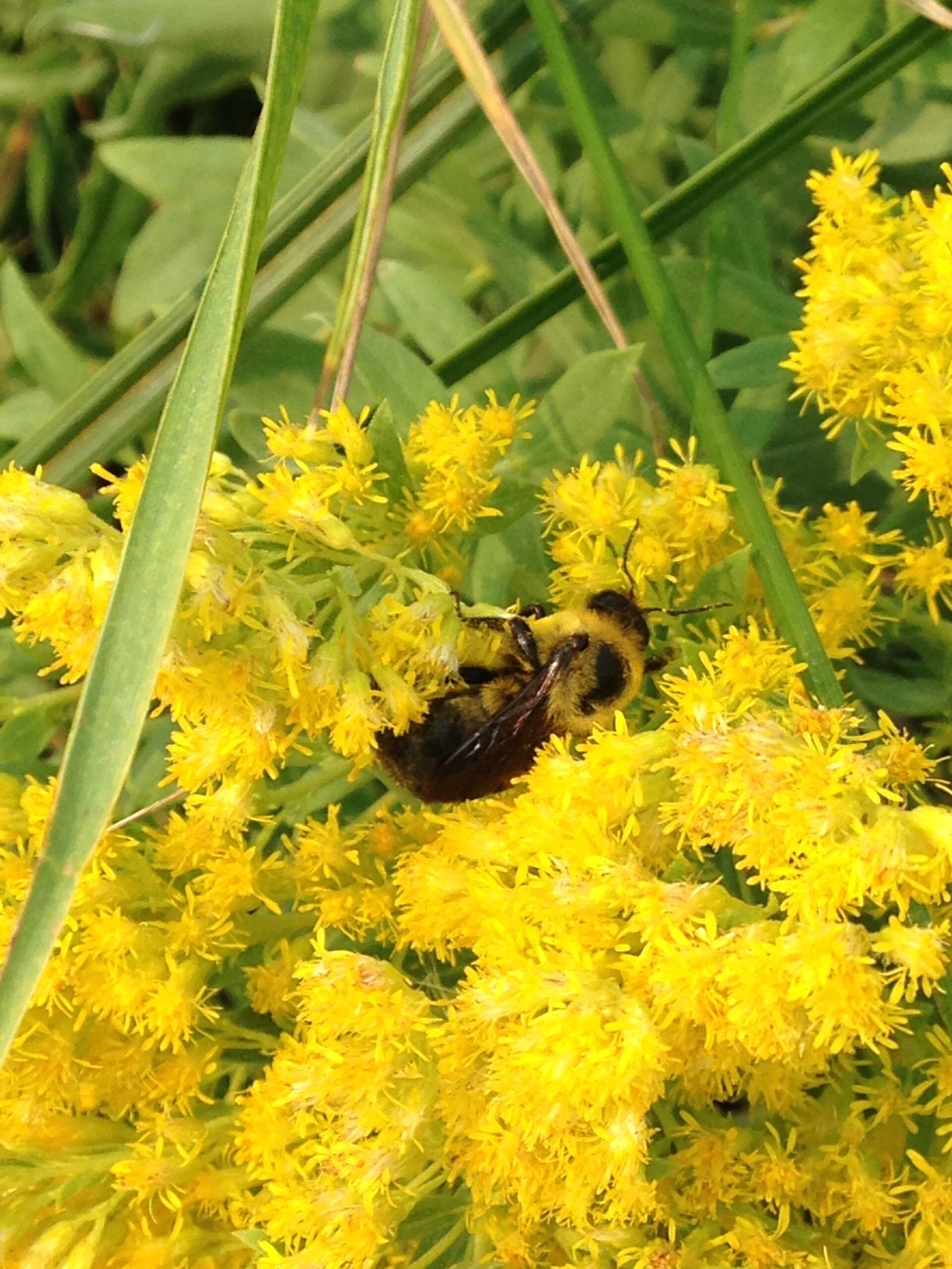
Despite its bad reputation for causing allergies (that’s actually ragweed!), goldenrod is a pollinator superhero. This perennial is native to North America and produces showy golden flower spikes that attract an entire army of insects: native honeybees, European honeybees, butterflies, beetles, beneficial wasps, leaf hoppers, and flies. Many of these insects, including monarch and painted lady butterflies, not only feed on goldenrod nectar during their migration, they depend on this plant to complete their lifecycles in the fall. Goldenrod’s bright yellow flowers bloom in late summer and fall, providing a crucial nectar source for bees and butterflies preparing for winter. Think of goldenrod as nature’s energy bar, providing the high-octane fuel that migrating butterflies need for their incredible journeys.
Asters: The Fall Finale Feast
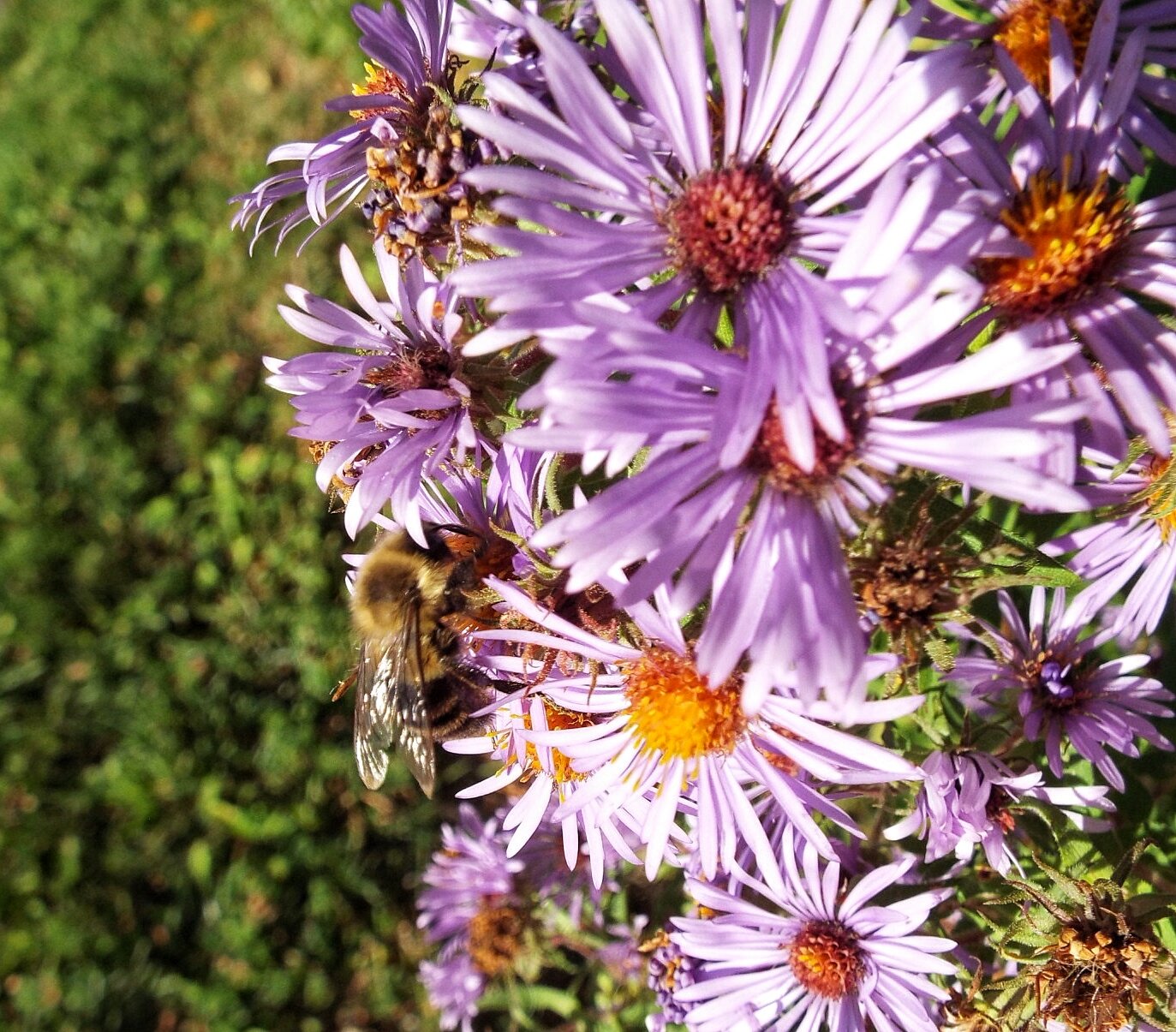
A late season bloomer, asters typically flower in fall and provide a much-needed source of nectar and pollen for bees just before hibernation. With about 120 native varieties of asters in North America, gardeners have plenty of plants to choose from. New England asters produce particularly flashy flowers, but you can find asters with smaller blooms in pretty shades of blue, pink, purple, or white. What’s remarkable about asters is their timing: This native perennial wildflower with blue-purple flowers blooms in late summer to early fall, attracting bees, butterflies, and other pollinators. One of the main benefits of smooth blue aster is that it provides an important source of late-season nectar for pollinators. As other plant species start to fade, smooth blue aster continues to bloom.
Yarrow: The Accessible Buffet
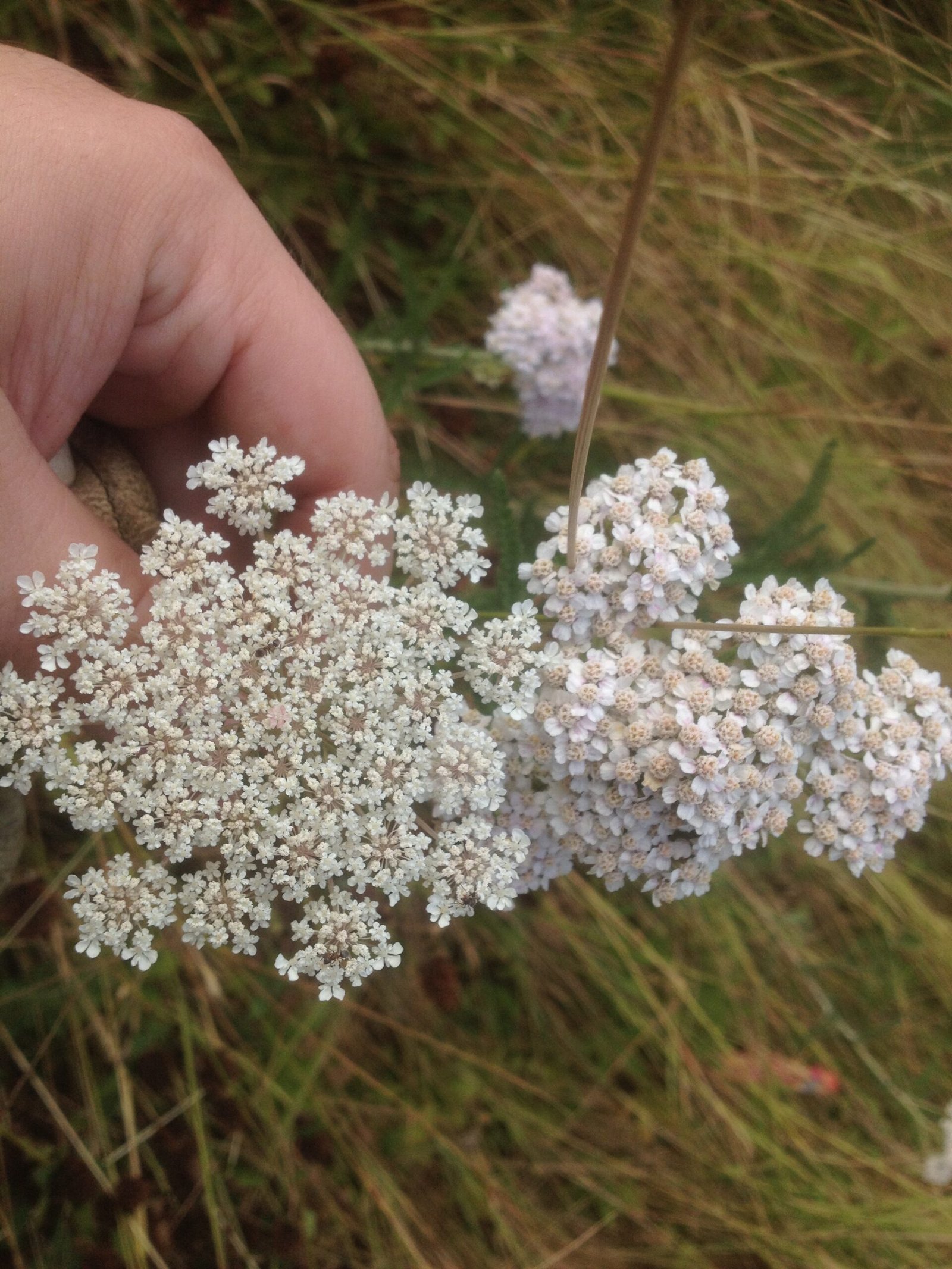
To me, this lady from the daisy family has the prettiest mustardy-yellow flowers. Yarrow makes for great pollinator food because the pollen is super accessible—it’s like a welcome mat for the good guys, including mason bees, bumble bees, beetles, and butterflies. Plant yarrow once, and it will come up again and again. From a scientific perspective, yarrow’s flat-topped flower clusters create perfect landing platforms for smaller pollinators. Common yarrow is visited by a variety of bees, butterflies and other beneficial insects, including parasitoid wasps in the family Eulophidae and predatory bugs in the family Anthocoridae. It’s essentially a multi-species dining hall that accommodates everyone from tiny sweat bees to large butterflies.
Cardinal Flower: The Hummingbird Magnet
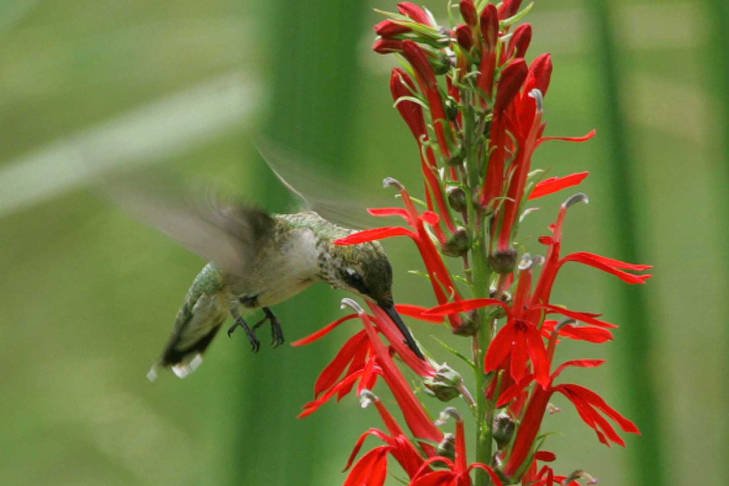
Native perennial with tall spikes of bright red flowers that blooms in mid to late summer, attracting hummingbirds and butterflies. The bright red, tubular flowers of the cardinal flower are highly attractive to hummingbirds, which visit the flowers for their nectar. Bees and butterflies also visit the flowers for their nectar, which is a valuable food source for these important pollinators. The cardinal flower is a perfect example of co-evolution in action. Its brilliant red color and tubular shape have evolved specifically to attract hummingbirds, whose long beaks and tongues can access the nectar that other pollinators can’t reach. When you plant cardinal flower, you’re essentially installing a specialized hummingbird gas station in your garden.
Creating Seasonal Succession: The Scientific Approach

Here’s where gardening becomes truly scientific: Make sure you have at least 3 different species throughout the spring, summer, and fall seasons to provide adequate food when pollinators emerge from and prepare for winter. This principle is called seasonal succession, and it mimics natural ecosystems where something is always blooming. Choose native plants that will bloom in the spring, summer, and fall. Remember to think about more than just the summer growing season. Pollinators need nectar early in the spring, throughout the summer and even into the fall. Choosing plants that bloom at different times will help you create a bright and colorful garden that both you and pollinators will love for months! Start with early bloomers like bloodroot, add summer stalwarts like bee balm and coneflowers, then finish with fall champions like asters and goldenrod.
The Cultivar Question: What Science Says

When shopping for native plants, you’ll often encounter cultivars—specially bred versions of native plants. Recent research provides fascinating insights: What they found was that pollinator visits depended a lot on the specific plant and insect. When comparing native plants with their cultivars, pollinators favored the wild versions about 37% of the time. There is growing concern over the use of native plant cultivars, as consumers and researchers raise questions about their capacity to provide the same ecological benefits as wild-type native plants. While cultivars aren’t necessarily bad, straight native species are generally your best bet for maximum pollinator appeal.
Beyond Flowers: Creating Complete Habitat
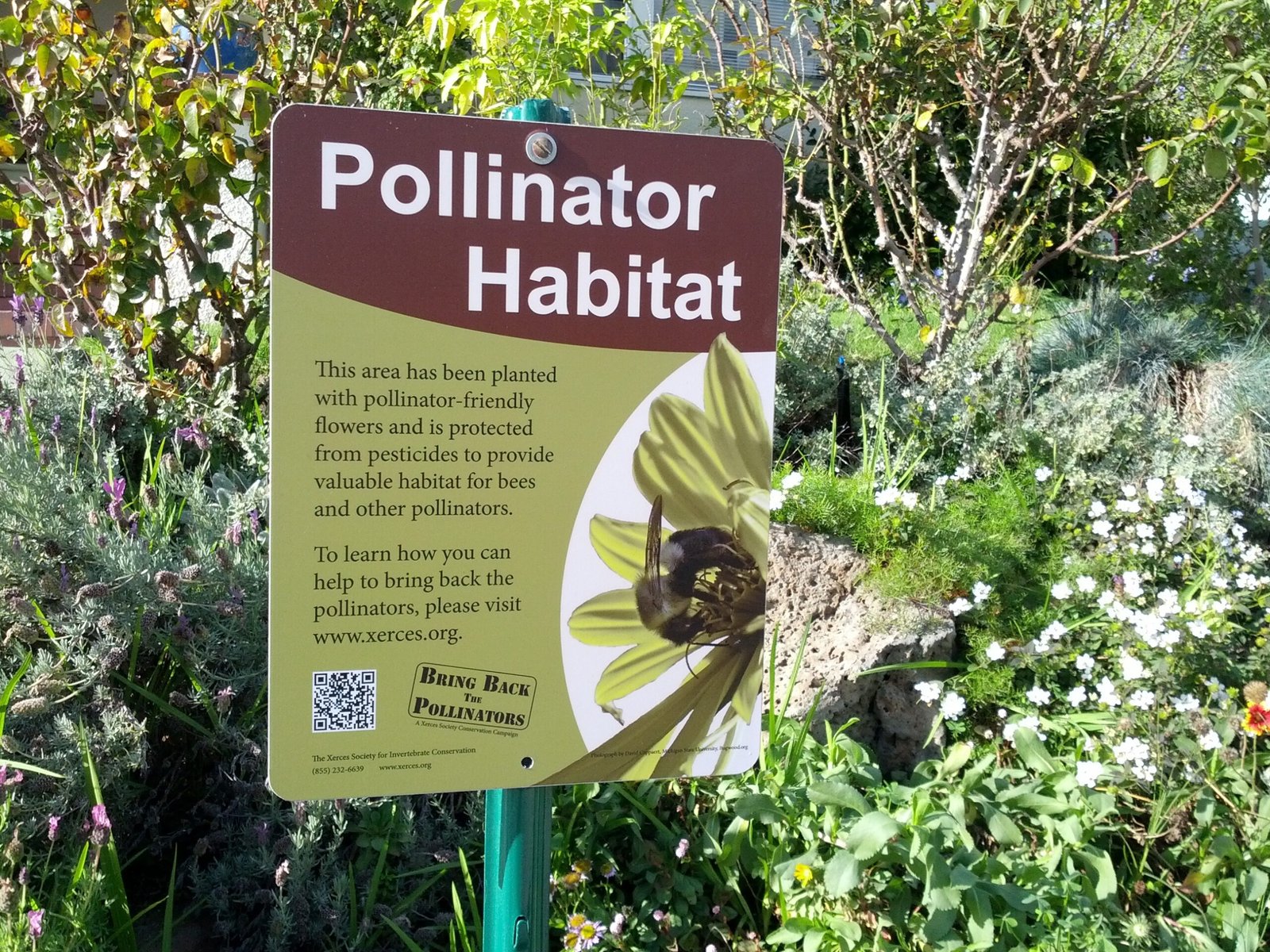
True pollinator gardening extends beyond just flowers. We also highlight host plants for caterpillars of butterflies and moths, plants that provide nest sites or nesting materials for above-ground nesting bees, and plants that support specialist bees that require pollen from certain plants. When planning your native plant garden include plants that provide pollen, nectar, and seeds. Remember to offer areas for butterflies and other insects to lay eggs and places for native bees to nest such as bare sand, bare soil, and deadwood. Think of your garden as a complete ecosystem rather than just a flower display. Add variety into your garden with logs, bare soil patches and rocks, mimicking a microhabitat. Even small spaces that are planted with intention can make a big difference in your local environment.
Small Spaces, Big Impact
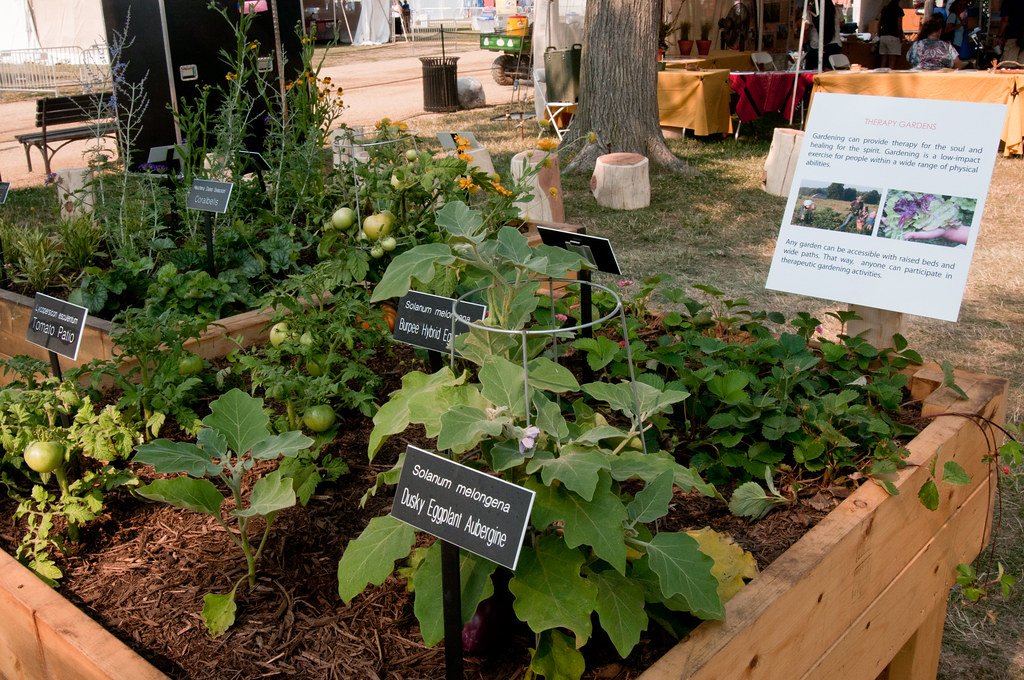
Don’t have acres to work with? No problem! Even small outdoor spaces can provide habitats for pollinators and help us fight climate change. A pollinator garden can range from a decorative planter with native flowers on your front step to a larger garden. Container gardens are great for urban pollinators. By growing a container garden, you contribute an important ‘stepping stone’ for pollinators by providing them with nectar and pollen resources to help them move through your neighborhood. Even a few pots on a balcony can serve as crucial refueling stations for pollinators navigating urban environments. Even one single plant or tree that supports bees, butterflies, and other pollinators can make a BIG difference in our gardens.
The Pesticide Problem: What Science Reveals

Here’s a sobering scientific fact that might change how you approach garden maintenance: pesticides tend to kill many more creatures than the one or two bug species we target, as annoying as they might be. Skip the pesticides! These harsh chemicals hurt the creatures your pollinator garden is working to protect. Luckily, if you plant a mix of native flowers and greens, they will likely have evolved to survive local pests and, therefore, do not need chemical pesticides. The beauty of native plants is that they’ve evolved alongside local insects and diseases, developing their own natural defenses. When you choose natives over exotic plants, you’re essentially building a garden that can protect itself.
Water: The Often-Forgotten Element

Pollinators need more than just flowers—they need water too. Both plants and pollinators need water. Add water features: A small fountain or birdbath gives pollinators a place to drink. Provide Water Sources: A shallow dish with water and pebbles can give bees and butterflies a safe place to drink. The key is providing shallow water with landing spots. Bees can’t swim, so they need pebbles or sticks to land on while drinking. It’s like creating a pollinator-friendly bar where everyone can safely belly up for a drink.
Your Scientific Legacy
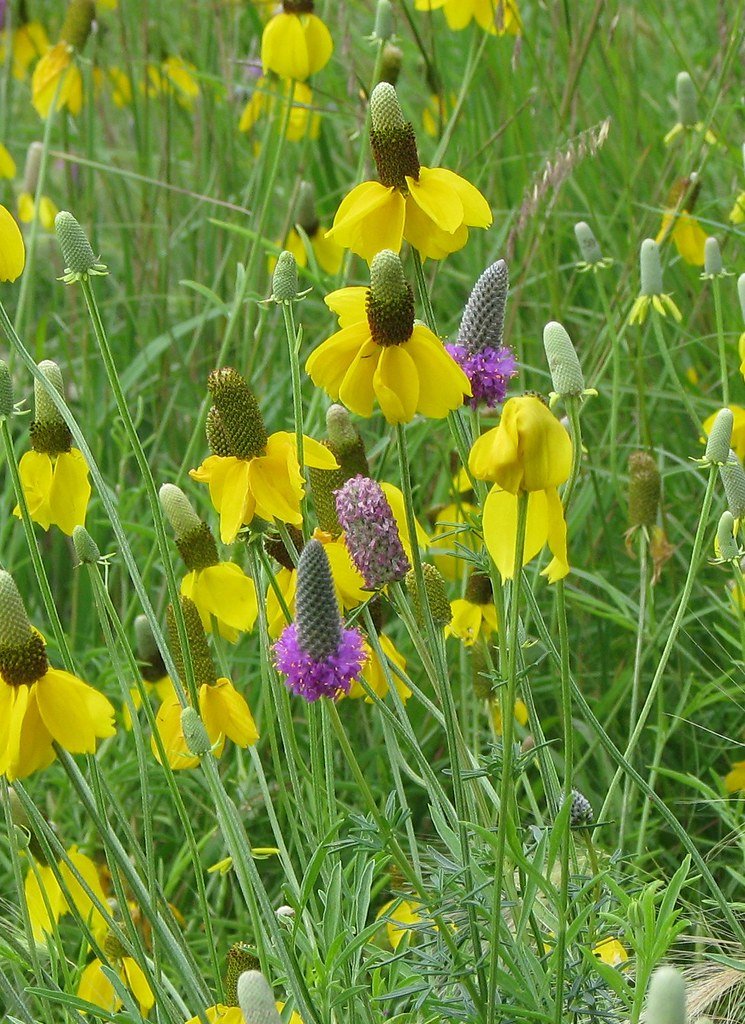
When you plant native species for pollinators, you’re participating in one of the most important scientific experiments of our time: creating corridors of habitat that can support wildlife in an increasingly fragmented world. Pollinator gardens support biodiversity, create vital habitats and help wildlife thrive. They are an opportunity for you to participate in healing the local ecosystems on which our wild neighbors depend. Whether it’s a corner of your yard or a few pots on your apartment balcony, everyone has the power to support pollinators. Native plants are also part of nature’s climate toolkit because they soak up excess carbon dioxide. Gardening connects us to nature and helps us better understand how nature works.
Every native plant you add to your landscape becomes part of a larger scientific solution to habitat loss and pollinator decline. You’re not just gardening—you’re conducting field research in conservation biology, right in your own backyard. The next time you see that bumblebee working your coneflowers or spot a monarch caterpillar munching milkweed leaves,



